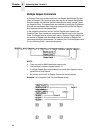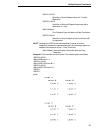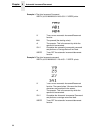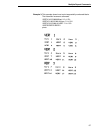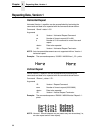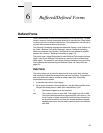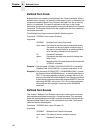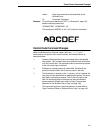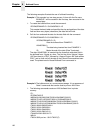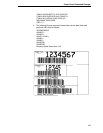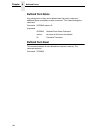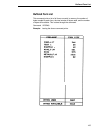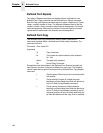
99
6 Buffered/Defined Forms
Buffered Forms
Code V allows users to store commands and data in printer memory. The data
stored in memory may be named and called up for use any time. Data stored
in memory this way is called a buffered form. The buffered form can consist of
any data and commands sent to the printer.
The Graphics Processing Language emulates both Version 1 and Version 2 of
the Code V Buffered Formatting Language. Version 2 buffered formatting
offers more features than Version 1 and should be used whenever possible
instead. See
“Version 1 Buffered Formatting” on page 116.
The printer uses a Heap Buffer space to store Buffered Forms and to process
Code V data. Each Buffered Form takes up a portion of the available Heap
Buffer space. The amount of work space memory available at any given time
may be determined by executing the Buffered Forms List Command, see
page 105.
Data Fields
The printer allows you to store the basic format for an entire form and then
later send only the data that changes from one form to another. The postion in
each form where this data is inserted is called a data field. A field data
accomplishes two purposes.
1. It specifies the number of data bytes.
2. By its physical location in the buffered form, the data field specifies where
its bytes should be placed. A data field is identified by ^[nnn.
^[ Identifies the beginning of the data field.
nnn The number of bytes in each field. This ranges from 001 to 999.
One byte of data represents a single character, such as 6 or r. the
actual number of bytes inserted into each field may be less than
the specified maximum, but how the unused spaces are treated
depends upon which control code is used as input to the buffered
data field.




